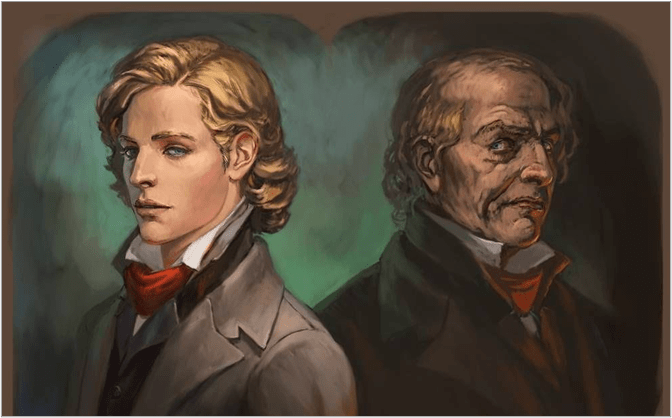Novel by Oscar Wilde/reviewed by Circe Aguiar

Set in Victorian London at the end of the 19th century, The Picture of Dorian Gray is Oscar Wilde’s only novel. Against the backdrop of an elegant and often hypocritical society, Wilde crafts a provocative and haunting exploration of beauty, morality, and the consequences of living a life devoted to pleasure.
The novel revolves around Dorian Gray, a handsome young man who becomes the subject of a portrait by Basil Hallward. Influenced by the charming and hedonistic Lord Henry Wotton, Dorian expresses a fateful wish: he might remain forever young while the portrait ages.
The wish is granted, and what follows is a slow descent into moral corruption, cruelty, and self-obsession. As Dorian indulges in a life of vice and vanity, the portrait hidden in his home reveals the grotesque consequences of his choices, bearing the burden of every sin and exposing the actual state of his soul.
The historical context is key. Published in 1890, Wilde’s novel challenged the rigid moral codes of the time and flirted with aestheticism—the belief in “art for art’s sake.” Wilde dared suggest that beauty unmoored from ethics can become dangerous in a society obsessed with appearances and reputation. His critique is subtle but scathing, embedded in witty dialogue and dazzling prose.
One of the most famous and revealing lines from the novel is:
“The only way to get rid of a temptation is to yield to it.”
This statement, delivered by Lord Henry, captures the novel’s central conflict: the seductive pull of desire versus the cost of surrendering to it. It also reflects Wilde’s sharp commentary on a society that masks its corruption with elegance and sophistication.
Dorian becomes a cautionary figure—an embodiment of what happens when one values appearance above conscience. His pursuit of eternal youth and pleasure leads not to freedom but to spiritual decay and despair.
Though written over a century ago, The Picture of Dorian Gray remains eerily relevant in an era obsessed with image, youth, and external validation. It raises urgent questions: What do we sacrifice to appear perfect? Can art save—or destroy—us? How do we reconcile the masks we wear with who we are?
In conclusion, Oscar Wilde’s The Picture of Dorian Gray is a richly layered, darkly seductive novel that continues to provoke thought and discomfort with an unexpected macabre closing. It is a brilliant meditation on the dangers of vanity and the soul’s fragility—a reminder that beauty, when unattached from truth, may become the most dangerous illusion.
